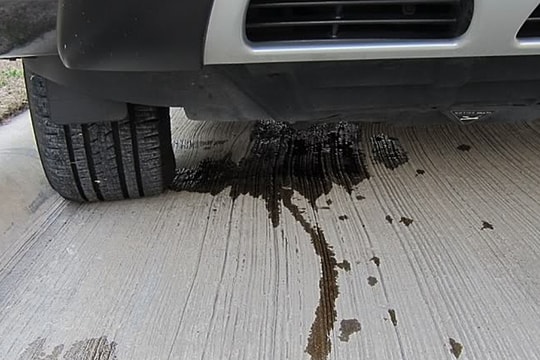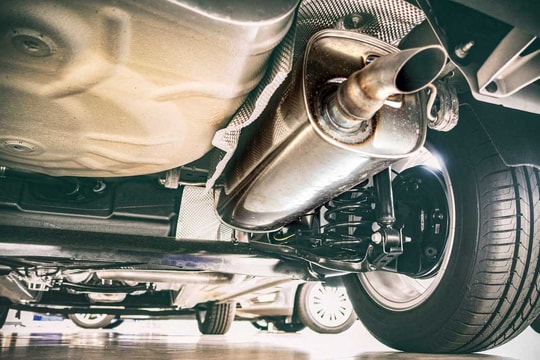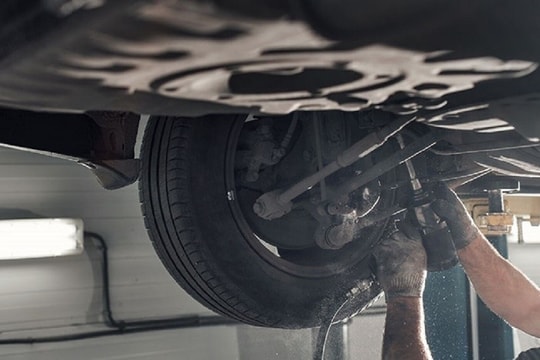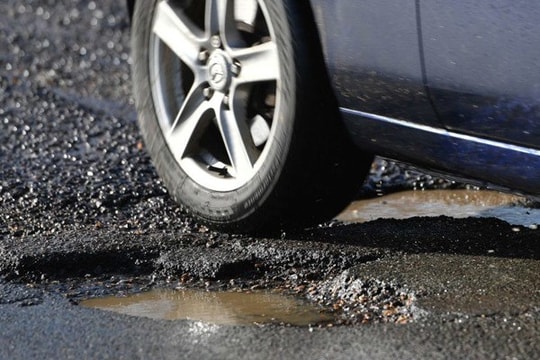Signs to help you recognize that your car's chassis is having problems
Below are some signs to help you recognize that your car's chassis is having problems and needs timely repair.
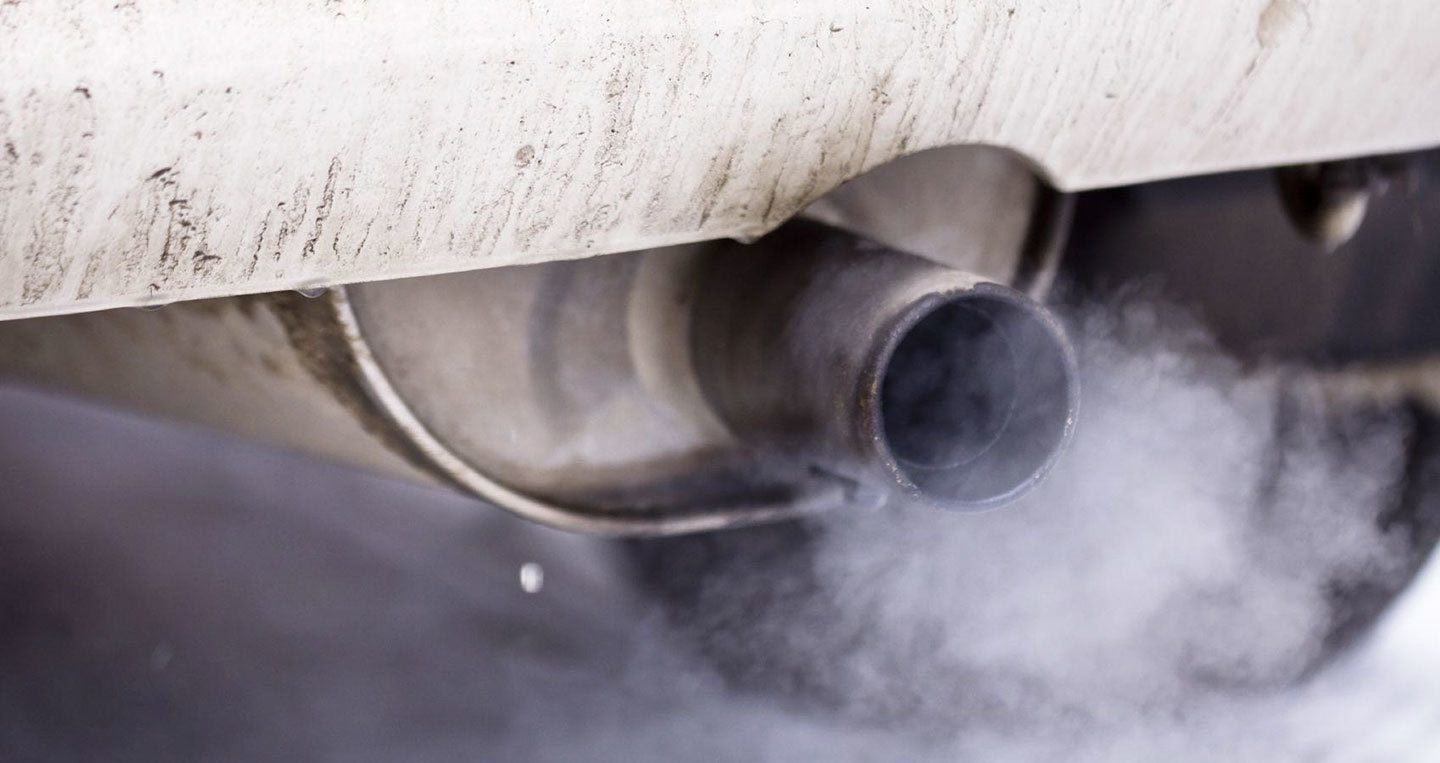
Exhaust system makes unusual noise
If you notice strange noises and exhaust leaks under the hood, you should keep the engine running and open the hood to determine more clearly. The simplest case is a leaking gasket between the exhaust system and the engine or a loose bolt; simply tightening the bolts can solve the problem. If the main cause is a cracked exhaust pipe, you should quickly have the car checked.
Strange sounds can be caused by a punctured muffler, or a loose connection between the exhaust pipe and the muffler... If the muffler is damaged, it must be replaced with a new one.
Engine coolant temperature is higher than normal
Normally, the temperature of a car engine is usually between the two temperature warning levels H (hot) and C (cold). If the engine temperature is abnormally high while operating the vehicle, you should not continue to operate the vehicle on harsh roads. If the vehicle reaches level H, you should absolutely not operate the vehicle, continuing to operate the vehicle will be very dangerous for the engine.
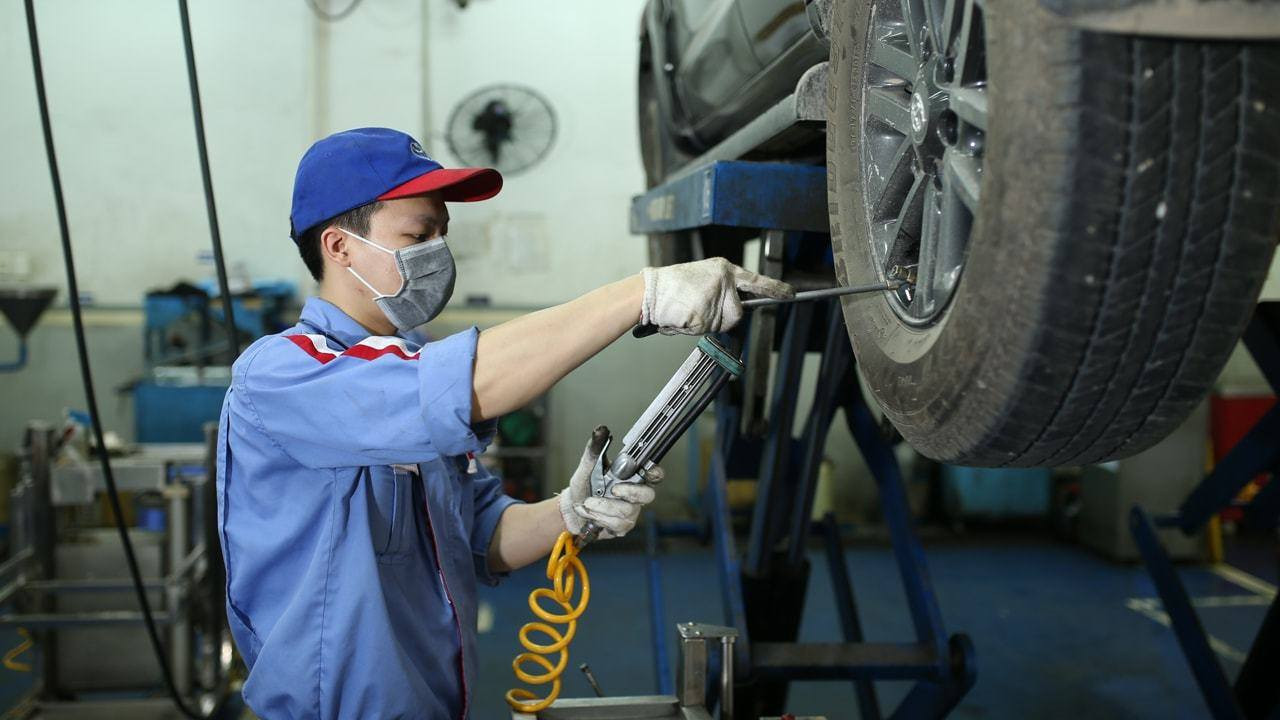
Tires squeal loudly when stopping or parking
When there is a squealing sound from the wheel and a strong screeching sound, think immediately that the tire is degraded, warped... and of course, replacing the tire is necessary in this case.
Brake problems
The phenomenon of the car swerving to one side when braking is caused by uneven braking force on the wheels, one of them being covered with oil, or the oil line being partially blocked...
It is very possible that the reasons are: incorrect brake pedal travel; leaking oil or gas lines of the brake system; front wheel piston is often stuck in the disc brake... In this case, it is necessary to readjust the brake pedal travel, tighten the joints, replace the pads, replace the booster...
In addition, it is necessary to readjust the brake pedal travel, readjust the brake lever, remove the joint and maintain it by rusting the drum joint, cleaning and adding oil and grease.
Steering wheel vibration

The most common condition that occurs to detect damage to the car's chassis system is the steering wheel vibrating while driving. There are many causes for this phenomenon, including worn, inflated or underinflated tires that affect steering wheel vibration, the steering balance system of the car is bent or the cause may be due to the rubber balance part degenerating, due to nuts, joints or bearings having minor damage, etc.

